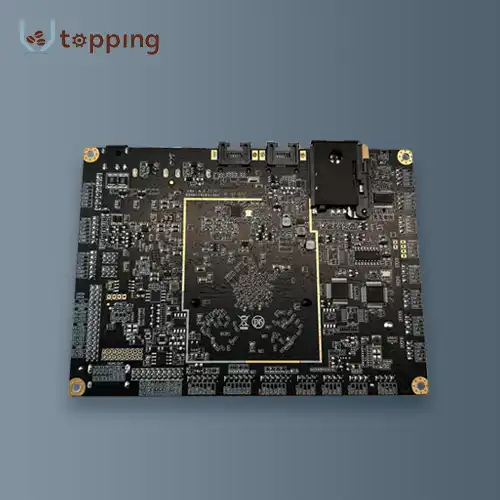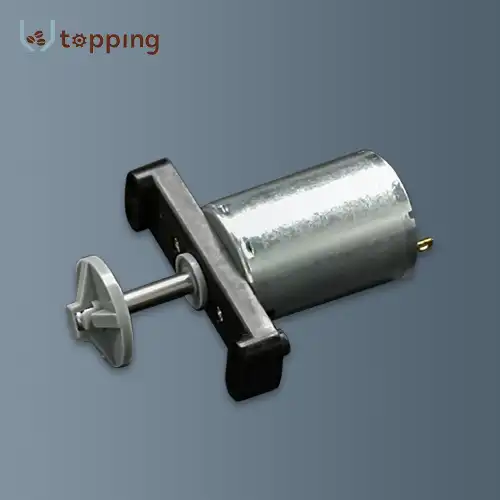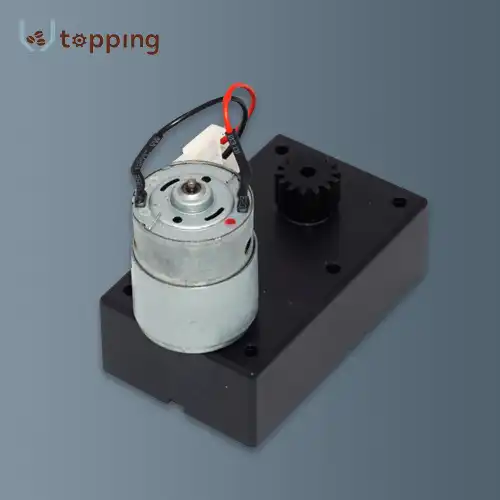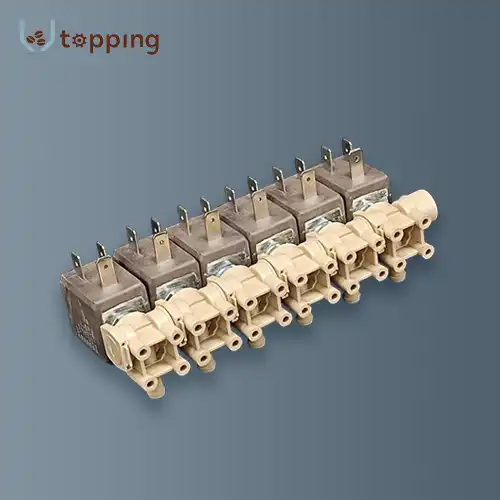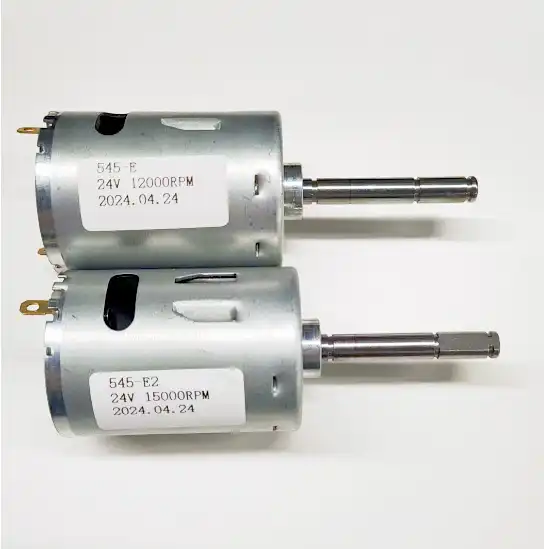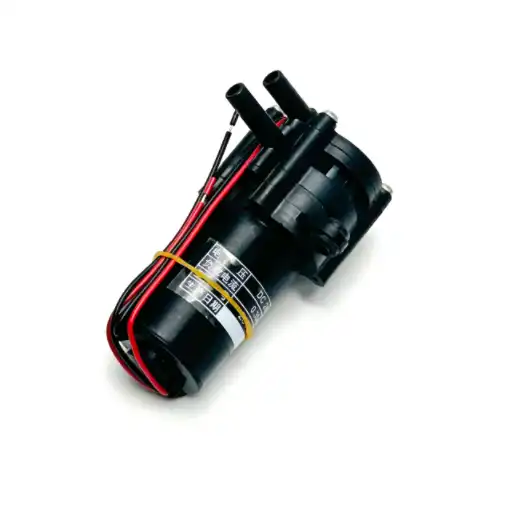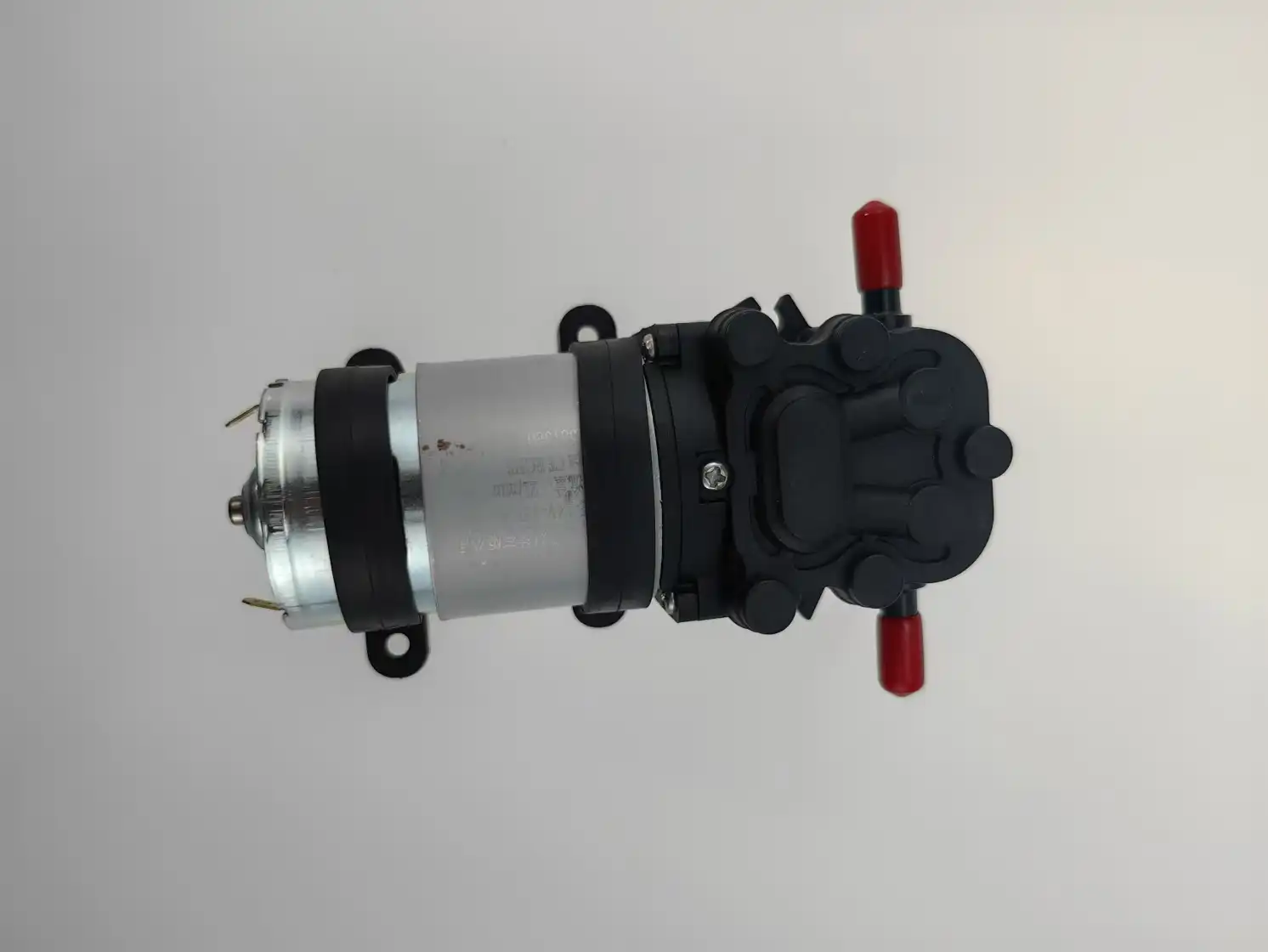How often do you clean a Coffee Bean Hopper?
2024-10-15 09:50:06
Coffee lovers know that a great cup of joe starts with fresh, properly stored beans. The coffee bean hopper, an essential component of many coffee machines, plays a crucial role in this process. It's designed to store and dispense coffee beans into the grinder, ensuring a consistent flow for each brew. However, like any part of your coffee-making equipment, the bean hopper requires regular maintenance to function optimally and preserve the quality of your coffee.
Cleaning your coffee bean hopper is more than just a matter of aesthetics; it's vital for maintaining the flavor and freshness of your coffee. Over time, coffee oils can accumulate in the hopper, potentially becoming rancid and affecting the taste of your brew. Additionally, leftover bean fragments can interfere with the smooth flow of beans into the grinder. This brings us to an important question: How often should you clean your coffee bean hopper?
Importance of Cleaning
Regular cleaning of your coffee bean hopper is crucial for several reasons. Firstly, it helps maintain the quality and flavor of your coffee. Coffee beans contain oils that can build up over time, potentially becoming rancid and affecting the taste of your brew. A clean hopper ensures that your beans remain fresh and flavorful.
Secondly, cleaning prevents the accumulation of old coffee grounds and debris that can interfere with the proper functioning of your grinder. These residues can affect the grind consistency and potentially damage your equipment over time.
Lastly, a clean bean hopper contributes to better hygiene. Coffee beans can attract moisture and even mold if not stored properly, making regular cleaning essential for food safety.
Factors Affecting the Frequency of Cleaning
Your coffee bean hopper's frequency of cleaning can vary depending on the following:
Espresso bean types: Various kinds of espresso beans can influence how frequently you want to clean your container. Dim simmered beans, for example, will quite often be oilier than light dishes. These oils can develop all the more rapidly in your container, requiring more regular cleaning. Assuming that you essentially utilize dim meals, you could have to clean your container more frequently than somebody who utilizations lighter dishes.
Crushing machine types: The kind of processor you use can likewise impact cleaning recurrence. Funnel shaped processors, which are normal in many home coffee machines, may require less continuous cleaning than level burr processors. This is on the grounds that conelike processors will generally hold less grounds. In any case, the two sorts will profit from ordinary cleaning to keep up with ideal execution.
Recurrence of purpose: How frequently you utilize your espresso machine is maybe the main figure deciding cleaning recurrence. In the event that you're preparing on numerous occasions a day, you'll probably have to clean your container more habitually than somebody who just makes espresso at times. High-volume use implies more beans going through the container, prompting quicker amassing of oils and buildup.
For regular home use, a general rule of thumb is to thoroughly clean your coffee bean hopper every 1-2 weeks. Notwithstanding, for business settings or weighty home use, week by week or significantly more incessant cleaning might be essential. It is essential to keep an eye on your hopper and adjust your cleaning schedule in response to the hopper's condition and your particular usage.
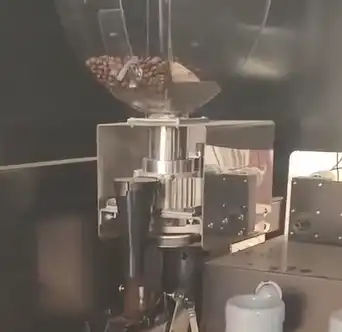
Methods
Keeping your espresso bean container clean doesn't need to be a muddled interaction. The following are two principal ways to deal with keeping up with your container:
Day to day cleaning: This includes a fast, routine clean to eliminate any free coffee beans or beans. Completely empty the hopper at least once per day or after each use. Utilize a delicate, dry brush or material to crash any leftover grounds or residue. This straightforward action can help preserve the quality of your coffee and significantly lengthen the time between deep cleans.
Profound cleaning: Depending on how much you use it, you should clean it more thoroughly every one to two weeks. Here is a bit by bit process:
1. Eliminate the container from the processor (if conceivable).
2. Void all beans from the container.
3. Use warm, soapy water to clean the hopper. Utilize a gentle, unscented dish cleanser to try not to leave any leftover smells.
4. For difficult oil development, you can utilize a combination of water and white vinegar (1:1 proportion).
5. Scrub the inside of the hopper with a soft brush, paying special attention to the corners and crevices.
6. To get rid of any soap scum, thoroughly rinse with clean water.
7. Dry totally with a perfect, build up free material or permit to air dry. 8. Prior to topping off with beans, guarantee the container is totally dry to keep any dampness from influencing your espresso beans.
Keep in mind, never lower any electrical parts in water. On the off chance that your container isn't removable, allude to your machine's client manual for explicit cleaning guidelines.
Coffee Bean Hopper for sale
When it comes to choosing a coffee bean hopper, compatibility with various coffee bean types is crucial. The Topping Motor Coffee Bean Hopper offers this versatility, accommodating different types of coffee beans to suit your preferences. If you're in the market for a new coffee bean hopper or looking to upgrade your current setup, considering factors like compatibility, capacity, and ease of cleaning is essential. For those interested in exploring options from Coffee Bean Hopper manufacturers, you can reach out to sales@huan-tai.org for more information.
In conclusion, regular cleaning of your coffee bean hopper is a simple yet crucial step in maintaining the quality of your coffee and the longevity of your equipment. By understanding the factors that influence cleaning frequency and following proper cleaning methods, you can ensure that every cup of coffee you brew is as fresh and flavorful as possible. Remember, the effort you put into maintaining your coffee equipment will be rewarded with consistently delicious brews.
References
1. Specialty Coffee Association. (2023). "Coffee Storage Guidelines."
2. Baratza. (2022). "Grinder Care and Maintenance Guide."
3. Scott Rao. (2021). "The Professional Barista's Handbook."
4. James Hoffmann. (2022). "The World Atlas of Coffee: From Beans to Brewing - Coffees Explored, Explained and Enjoyed."
Send Inquiry
Related Industry Knowledge
- What is the replacement cycle of the Coffee Machine O Rings?
- What Are the Benefits of Dual Boiler Coffee Machines?
- How Can You Adjust Mixer Settings for Different Coffee Blends?
- How much of a difference does a coffee grinder make?
- How Long to Coffee Grinder Motors Last?
- What Role Do Mixing Systems Play in Enhancing Coffee Quality?
- Does coffee stay fresh in a Coffee Vending Machine Ingredient Canisters?
- What Is a Hopper on a Coffee Machine?
- Why it is important to store coffee making ingredients appropriately?
- Coffee Vending Machine Dispensing Components and Functions


